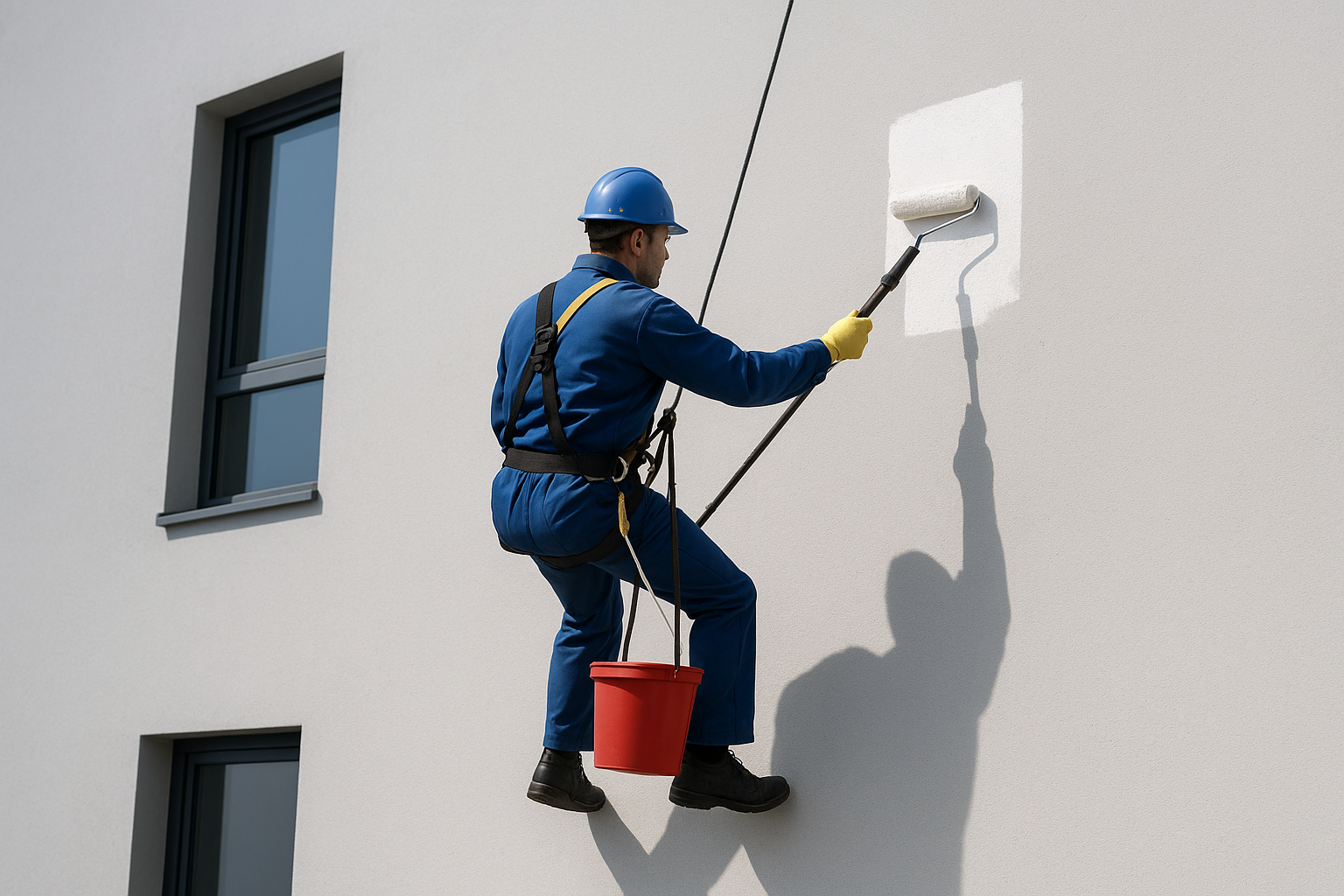
Seasonal Facility Maintenance: What Every Manager Should Prioritize
Effective seasonal maintenance is a cornerstone of successful facility management. Buildings face unique risks and operational challenges each season, from snow hazards in winter to HVAC strain in summer. According to IFMA 2024, organizations with structured seasonal maintenance programs experience 30% fewer emergency repairs and a 25% reduction in energy waste.
Proactive planning not only ensures safety but also extends asset life, improves tenant satisfaction, and supports sustainability goals. This article provides a detailed seasonal maintenance roadmap and actionable strategies for facility managers.
Spring Maintenance
- HVAC Inspection & Filter Replacement: Ensure cooling systems are ready for warmer weather.
- Roof & Gutter Cleaning: Remove debris to prevent leaks and water damage.
- Landscape & Irrigation Checks: Repair irrigation systems, prepare gardens and green areas.
- Safety Inspections: Post-winter checks for slip hazards, building integrity, and signage.
Summer Maintenance
- Air Conditioning Efficiency: Test and optimize HVAC systems for peak cooling.
- Energy Audits: Reduce high energy costs during hot months by monitoring usage and upgrading equipment.
- Exterior Maintenance: Inspect paint, roofing, and facades for sun damage.
- Pest Control: Increased temperatures often attract pests—regular inspections prevent infestations.
Fall Maintenance
- Heating System Inspections: Ensure heating units are functioning before colder months.
- Winterization: Protect plumbing, outdoor equipment, and irrigation systems from freezing.
- Safety Measures: Check walkways, entrances, and parking lots for fallen leaves, slippery surfaces, and adequate lighting.
Winter Maintenance
- Snow & Ice Management: Plan for removal, storage, and prevention of slip hazards.
- Prevent Frozen Pipes: Insulate and monitor critical water systems.
- Fire Safety Checks: Ensure alarms, sprinklers, and emergency exits are fully functional.
- Emergency Generator Inspection: Prepare backup systems for potential power disruptions.
Best Practices for Year-Round Maintenance
- Digital Checklists & Scheduling: Automate reminders and assign responsibilities.
- Predictive Maintenance: Use data to anticipate equipment failures before they happen.
- Staff Training: Equip teams with seasonal knowledge, safety protocols, and emergency response plans.
- Energy & Cost Tracking: Monitor seasonal energy consumption to identify areas for efficiency improvements.
Call-to-Action
Seasonal maintenance ensures safety, reduces emergency costs, and prolongs asset life. A proactive, well-documented approach enables facility managers to stay ahead of challenges year-round.




